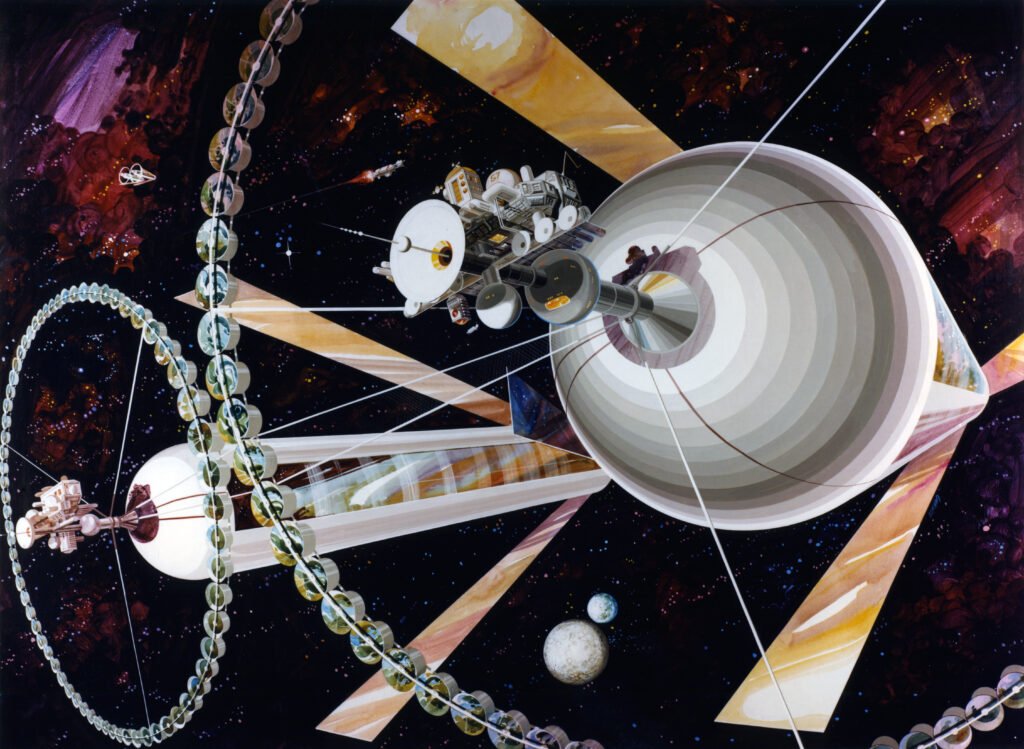Picture this: a tiny human taking their first breath not on Earth, but floating in the endless void of space. While it sounds like science fiction, this extraordinary possibility is becoming increasingly real as we venture deeper into the cosmos. The idea of a baby born beyond our planet raises fascinating questions about human biology, ethics, and our future as a spacefaring species. Scientists and space agencies worldwide are grappling with challenges that seemed impossible just decades ago, yet we’re closer than ever to witnessing this remarkable milestone.
The Biological Challenges of Pregnancy in Space

Pregnancy in space presents a maze of biological puzzles that researchers are only beginning to understand. The absence of gravity affects every system in the human body, and pregnancy involves complex interactions between multiple organ systems that have evolved specifically for Earth’s conditions.
The cardiovascular system undergoes dramatic changes during both pregnancy and spaceflight. In space, blood doesn’t flow downward due to gravity, causing fluid shifts that could potentially affect placental blood flow. This redistribution of bodily fluids might impact how nutrients and oxygen reach a developing fetus, creating risks we’re still learning to assess.
Bone density loss is another critical concern. Pregnant women already experience changes in calcium metabolism, and space travel accelerates bone loss significantly. The developing fetus requires substantial calcium for bone formation, potentially creating a dangerous competition for this essential mineral between mother and child.
Animal Studies Reveal Shocking Discoveries
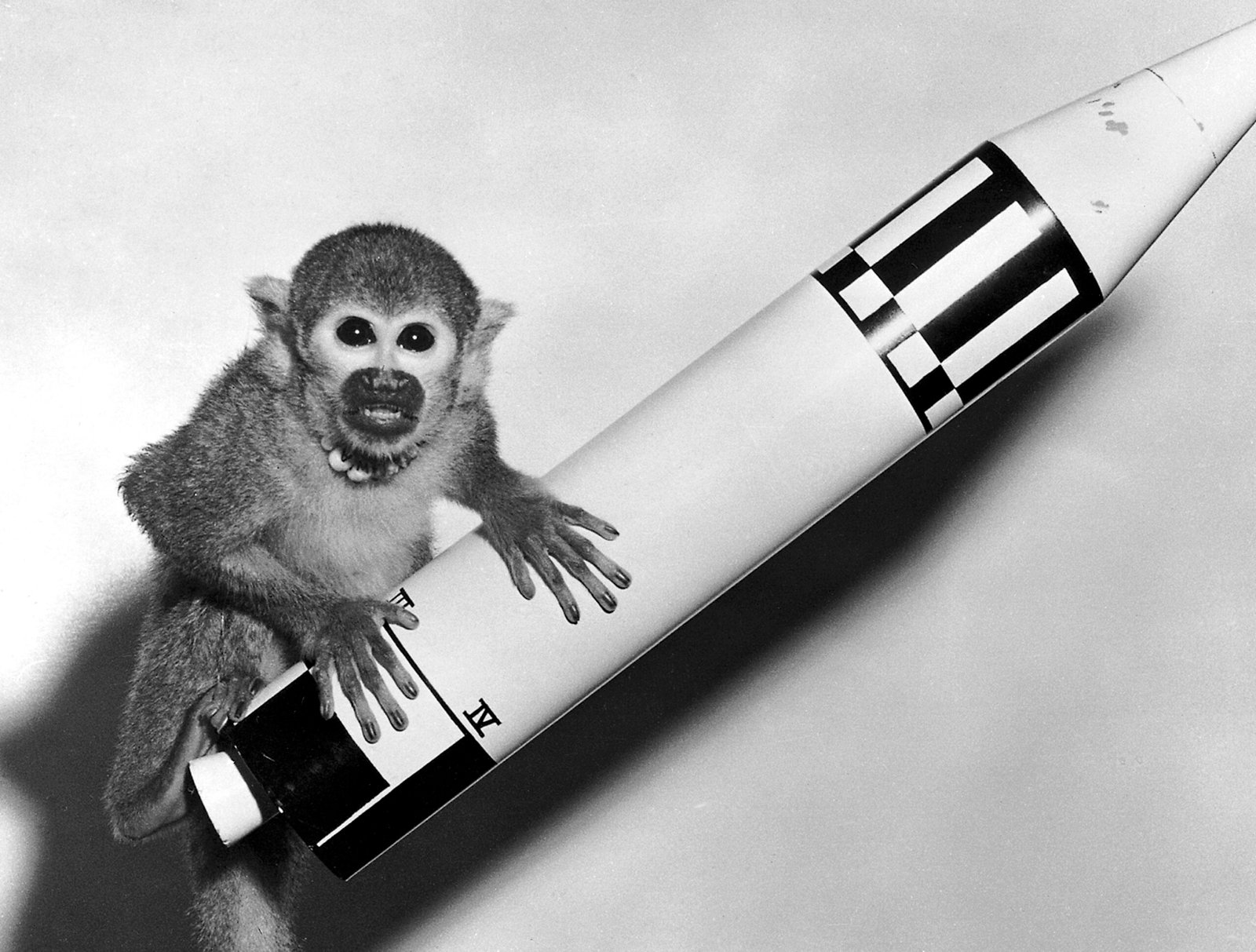
Scientists have conducted numerous experiments with pregnant animals in space, and the results are both fascinating and concerning. Rats flown during early pregnancy showed altered brain development in their offspring, with changes in balance and spatial orientation that persisted throughout their lives.
Fish embryos developed in space have exhibited abnormal swimming patterns and unusual inner ear structures responsible for balance. These findings suggest that the development of sensory systems crucial for navigation and orientation may be fundamentally altered in zero gravity environments.
Perhaps most intriguingly, some species have shown remarkable adaptability. Certain insects and amphibians have successfully reproduced in simulated space conditions, though their offspring displayed unique characteristics not seen in Earth-born counterparts.
The Radiation Threat Nobody Talks About

Space radiation represents one of the most serious threats to both pregnant women and developing fetuses. Beyond Earth’s protective magnetic field, cosmic radiation levels are hundreds of times higher than what we experience on the ground.
A developing fetus is particularly vulnerable to radiation damage, especially during crucial periods of organ development. Even brief exposure to high-energy particles could cause genetic mutations, developmental abnormalities, or increase cancer risks later in life.
Current spacecraft shielding provides some protection, but it’s nowhere near adequate for long-term missions involving pregnancy. The International Space Station, orbiting within Earth’s magnetic field, still exposes astronauts to radiation levels that would be concerning for pregnant women.
Artificial Gravity: The Game-Changing Solution
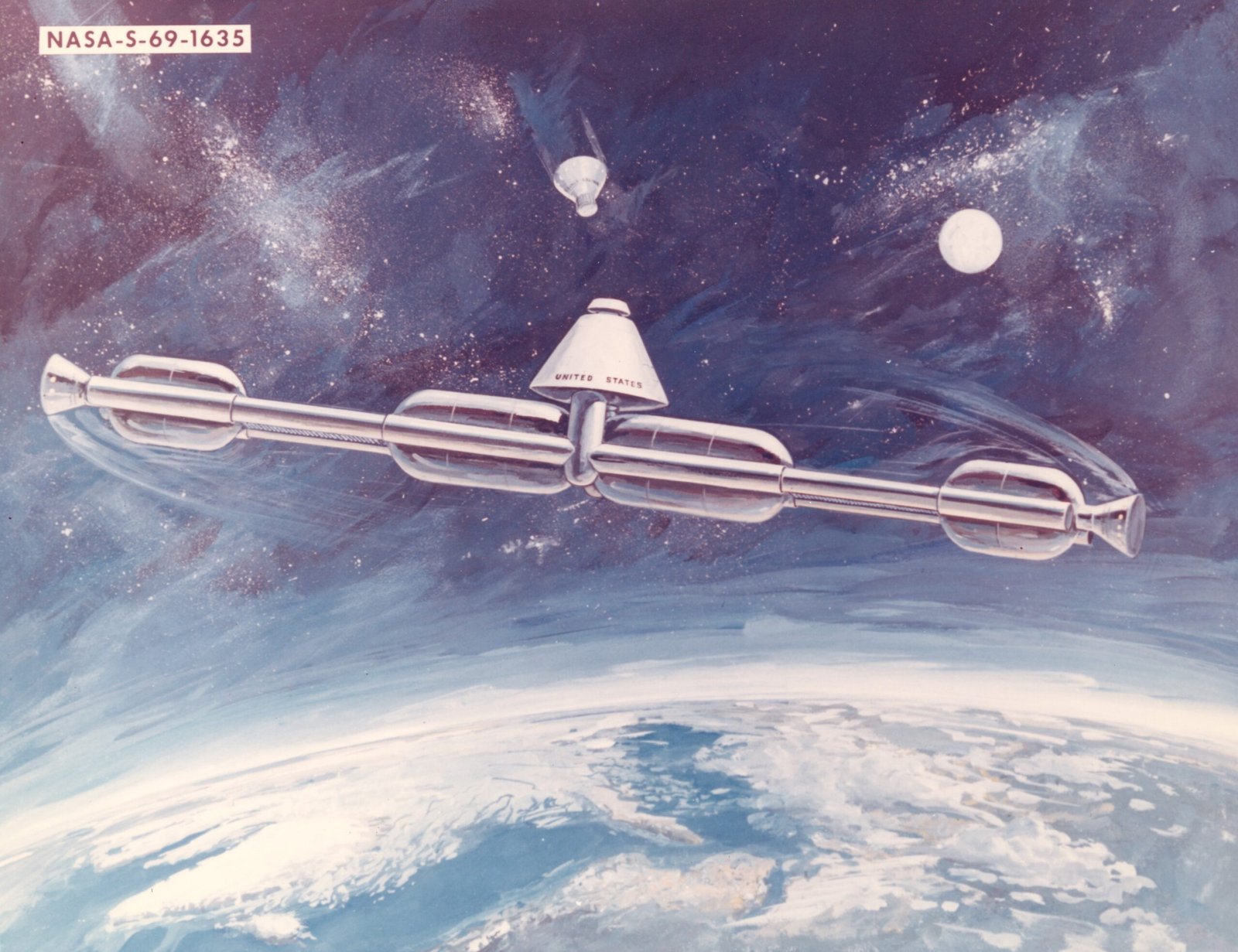
Creating artificial gravity through rotation could solve many of the biological challenges associated with space pregnancy. Several space agencies are developing rotating habitats that would simulate Earth-like gravitational conditions through centrifugal force.
The physics are straightforward: a rotating space station creates artificial gravity at its outer rim, where the centrifugal force pushes objects outward. This could maintain normal fluid distribution, bone density, and potentially allow for normal fetal development.
However, the engineering challenges are enormous. These rotating structures would need to be massive to avoid disorienting effects, and they would require unprecedented precision in construction and operation. The cost alone could run into hundreds of billions of dollars.
Medical Technology for Space Births

Giving birth in space would require completely reimagining medical technology and procedures. Traditional medical equipment relies on gravity for proper function, from IV drips to surgical instruments that depend on fluid dynamics.
Emergency medical situations become exponentially more complex in space. A cesarean section, for example, would involve managing blood and other fluids in zero gravity while ensuring the safety of both mother and child. The logistics alone are staggering.
Researchers are developing specialized medical devices designed for space environments. These include enclosed surgical systems that contain fluids and modified monitoring equipment that can function in weightlessness. Still, we’re years away from having comprehensive medical capabilities for childbirth in space.
The Legal and Ethical Minefield

The legal implications of space birth are surprisingly complex. Current international space law is based on treaties from the 1960s that never anticipated permanent human settlement beyond Earth.
Questions of citizenship become particularly thorny. Would a baby born on Mars be considered a citizen of the country that operates the base, or would they be stateless? Different nations have different approaches to citizenship by birth location versus parentage.
Ethical considerations are equally challenging. Is it morally acceptable to subject a fetus to the unknown risks of space development? Some argue that the potential benefits to humanity outweigh individual risks, while others contend that we lack sufficient knowledge to make such decisions responsibly.
Private Space Companies Race Ahead

SpaceX, Blue Origin, and other private companies are moving faster than government agencies toward establishing permanent space settlements. Elon Musk has openly discussed the need for reproduction on Mars to establish a self-sustaining colony.
These companies have fewer regulatory constraints than government space programs, potentially allowing them to pursue space pregnancy research more aggressively. However, they also face significant liability concerns and public relations challenges.
The commercial space industry’s rapid advancement means that space birth might happen through private initiatives rather than government programs. This could accelerate the timeline but also raises questions about oversight and safety standards.
Current Timeline Predictions from Experts
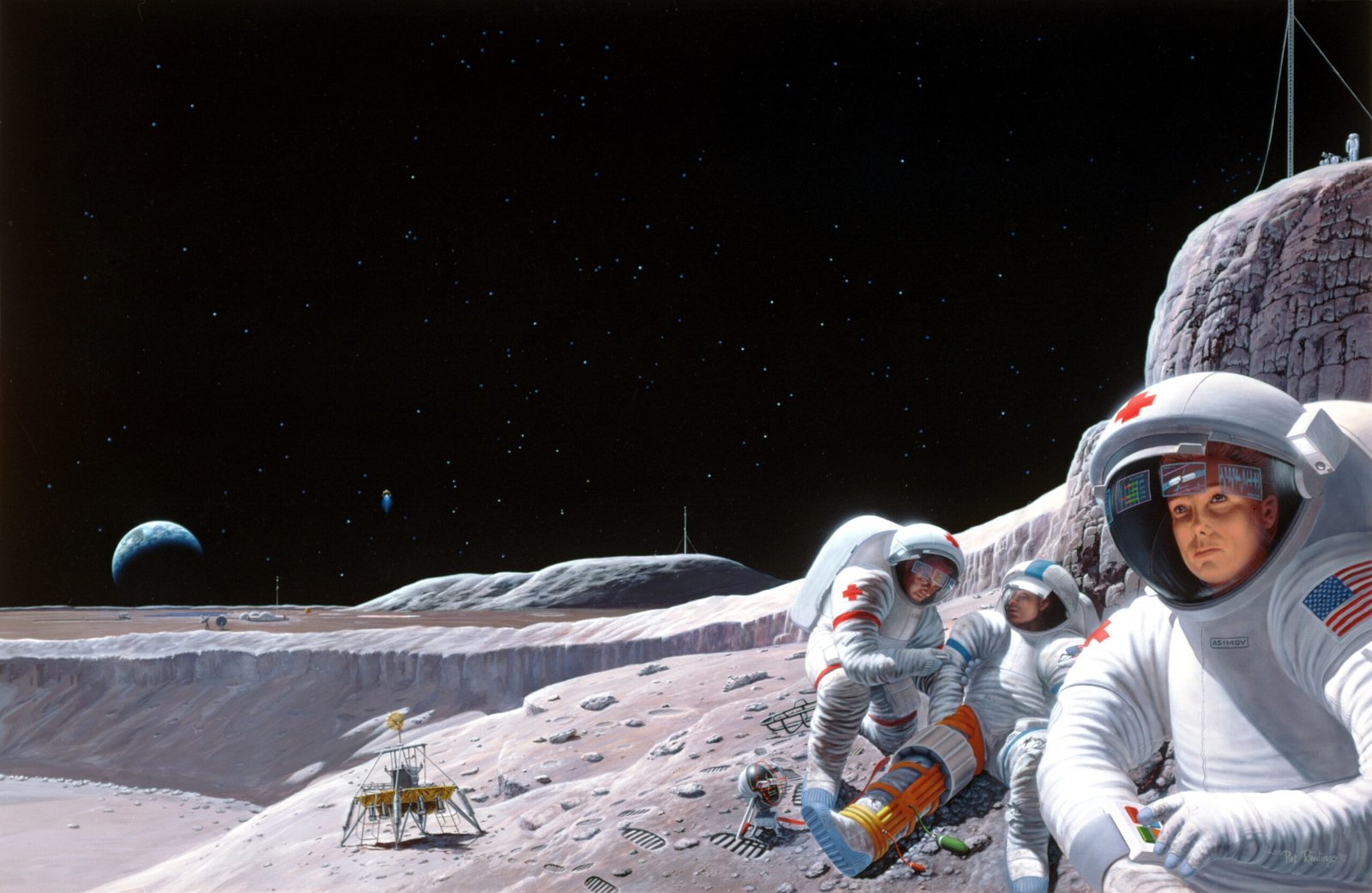
Most space medicine experts believe we’re still 20-30 years away from the first safe space birth. This timeline depends on resolving the major biological and technological challenges currently facing the field.
Some optimistic projections suggest that animal reproduction experiments could begin on lunar or Mars bases within the next 15 years. These studies would provide crucial data before attempting human pregnancy in space.
However, many researchers emphasize that safety must come first. The first space pregnancy will likely occur only after extensive animal testing and the development of robust medical infrastructure in space.
The Moon vs Mars: Which Comes First?
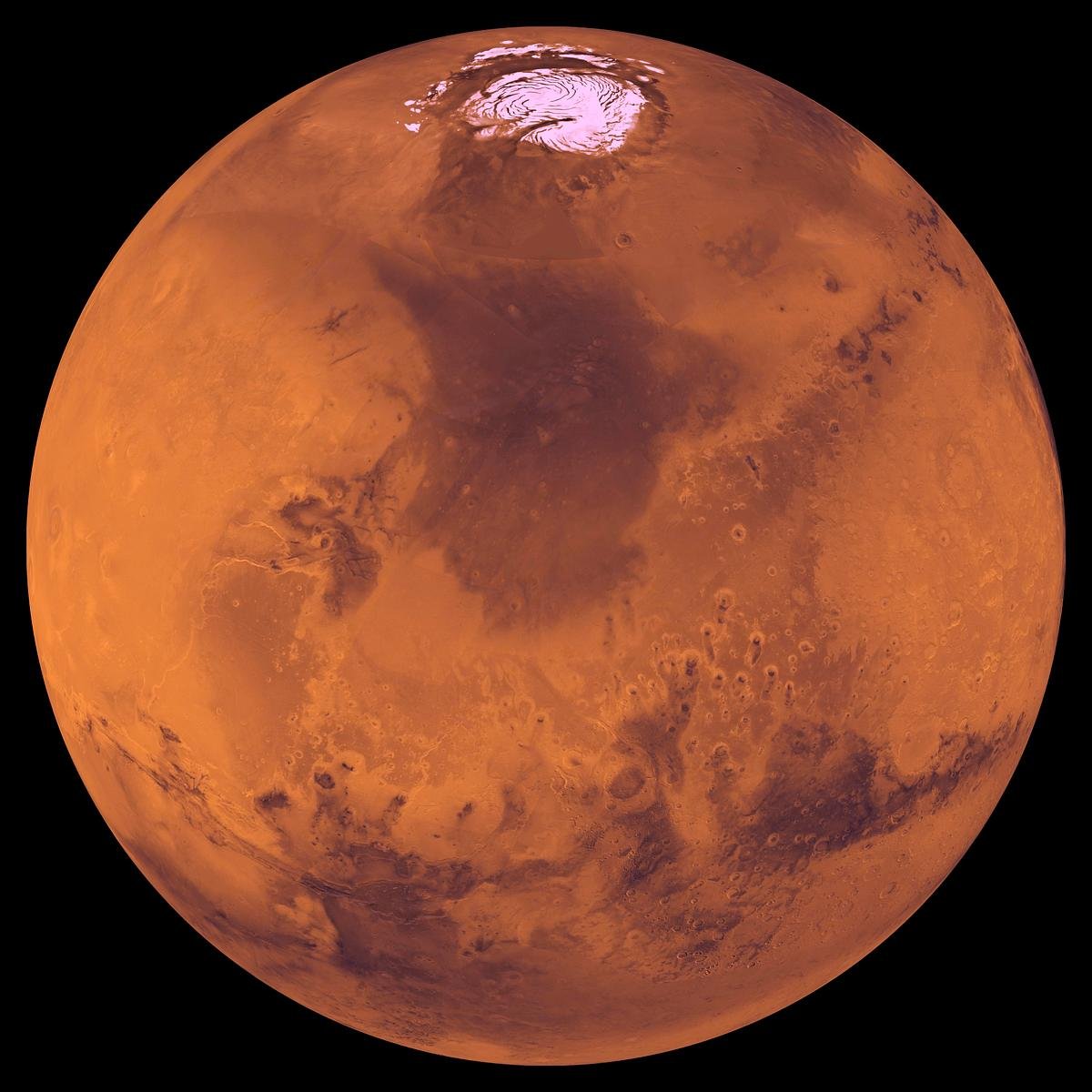
The Moon offers several advantages as the location for the first space birth. Its proximity to Earth means emergency evacuation is theoretically possible, and communication delays are minimal.
Mars presents a more Earth-like environment in terms of day length and seasonal cycles, but the journey time and communication delays make it far more challenging for medical support. A Mars pregnancy would essentially be a one-way commitment for the duration of the pregnancy.
Current planning suggests that lunar bases will be established first, making them the more likely location for early space reproduction experiments. The Moon could serve as a testing ground for procedures later used on Mars.
Psychological Impacts on Space Families

The psychological challenges of raising children in space are profound and largely unexplored. Children born in space would have no direct experience of Earth’s natural environment, potentially affecting their psychological development in ways we can’t predict.
Social isolation is a major concern. Space settlements will initially be small, limiting children’s opportunities for peer interaction and cultural development. The confined nature of space habitats could also create unique family dynamics and stress patterns.
However, some researchers argue that space-born children might develop unique psychological strengths, including enhanced problem-solving skills and adaptability. The reality is that we simply don’t know what to expect from the first generation of space-born humans.
Nutritional Challenges for Pregnant Astronauts

Maintaining proper nutrition during pregnancy in space presents unprecedented challenges. The body’s absorption of nutrients changes in zero gravity, and traditional food preservation methods may not provide adequate nutrition for developing fetuses.
Fresh foods are extremely limited in space, and the calcium, folate, and other nutrients crucial for fetal development are difficult to maintain at proper levels. Space food systems would need complete overhaul to support pregnant women and growing children.
Growing fresh food in space greenhouses is being developed, but these systems are still experimental. A space pregnancy would require guaranteed access to fresh, nutritious food sources that current technology cannot reliably provide.
The Role of Artificial Wombs
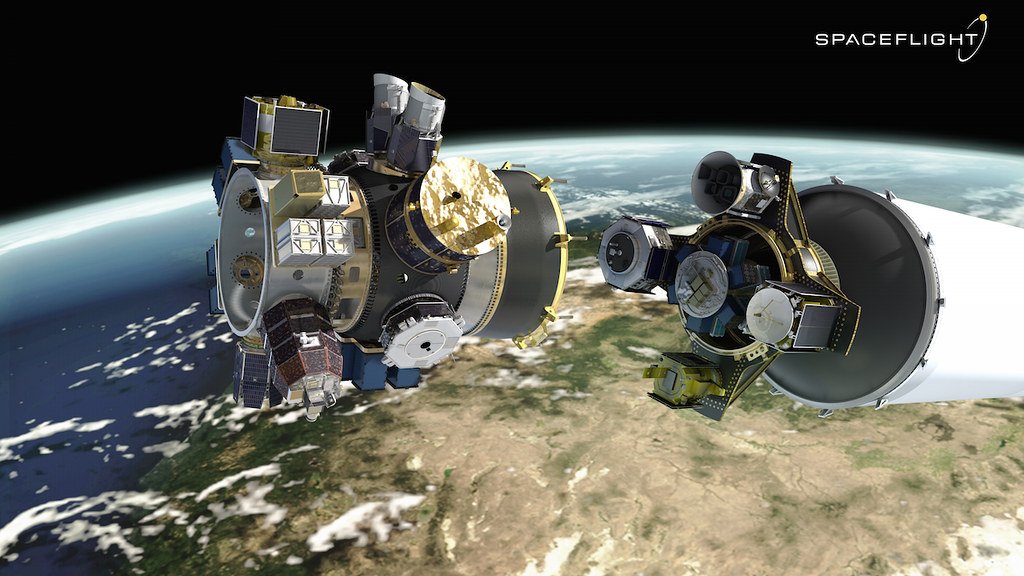
Some researchers are exploring artificial womb technology as a potential solution to space pregnancy challenges. These devices could theoretically allow fetal development outside the human body, potentially reducing risks to the mother.
Current artificial womb research focuses on supporting extremely premature babies, but the technology is advancing rapidly. In space, such devices could be designed specifically for the unique challenges of zero gravity and radiation exposure.
However, artificial wombs raise their own ethical questions and technical challenges. The technology is still in its infancy, and it’s unclear whether it could ever fully replicate the complex biological environment of natural pregnancy.
International Cooperation and Competition
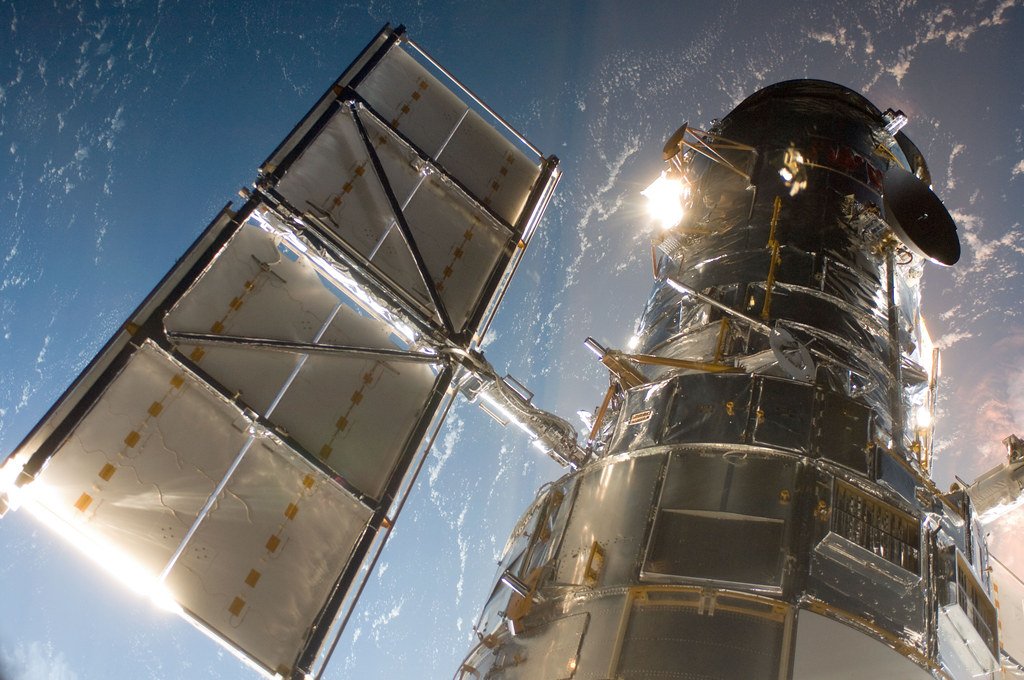
Space pregnancy research requires unprecedented international cooperation due to the complexity and cost of the challenges involved. No single nation has the resources or expertise to solve all the problems independently.
However, geopolitical tensions and national pride could also drive competition in this field. The nation that achieves the first space birth would gain enormous prestige and potentially strategic advantages in space colonization.
Current international space cooperation, exemplified by the International Space Station, provides a model for collaborative research. However, space pregnancy research involves sensitive biological and ethical issues that could complicate international partnerships.
Training the First Space Obstetricians

Medical professionals who will attend the first space births will need entirely new training programs. Traditional obstetrics education doesn’t cover the unique challenges of zero gravity, radiation exposure, and isolated environments.
These specialists will need to be skilled in multiple areas: space medicine, emergency surgery, pediatrics, and possibly even psychology and counseling. The training program would likely take many years and require extensive simulation work.
Currently, only a handful of medical professionals worldwide have experience with both space medicine and obstetrics. Building a cadre of qualified space obstetricians will be a major undertaking requiring significant investment in specialized education programs.
Economic Implications of Space Birth

The economic impact of achieving safe space birth would be enormous. It would unlock the potential for permanent human settlement of other worlds, opening up entirely new economic opportunities and industries.
Space settlements with self-sustaining populations could become centers for asteroid mining, space manufacturing, and scientific research. The long-term economic benefits could justify the massive initial investment required to make space pregnancy safe.
However, the immediate costs are staggering. Developing the necessary medical technology, life support systems, and safety protocols could require investments comparable to major space programs. The question is whether nations and private companies are willing to make such investments without guaranteed returns.
Environmental Considerations for Space Babies
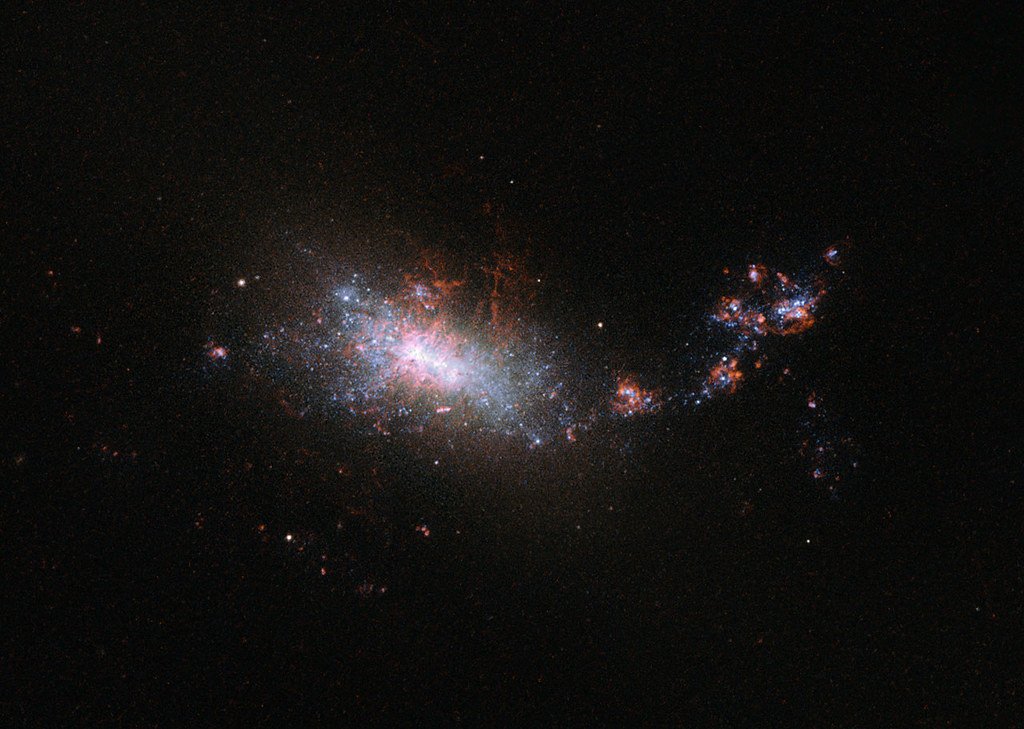
Children born in space would face unique environmental challenges that could affect their physical and cognitive development. The sensory environment of space habitats is drastically different from Earth’s rich natural environment.
The absence of natural weather patterns, seasonal changes, and diverse ecosystems could impact psychological development in ways we’re only beginning to understand. Space habitats would need to artificially recreate some of Earth’s environmental diversity.
Advanced life support systems would be crucial for maintaining air quality, temperature, and humidity at levels suitable for developing children. Any failure in these systems could have catastrophic consequences for the most vulnerable members of space communities.
The First Space Baby: A Global Milestone

When the first baby is born in space, it will represent a fundamental shift in human history. This child will be the first member of a truly spacefaring species, potentially adapted for life beyond Earth in ways we can’t yet imagine.
The scientific knowledge gained from studying space pregnancy and child development will be invaluable for future space colonization efforts. Every aspect of this first space birth will be carefully documented and studied for generations to come.
This milestone will also mark humanity’s transition from a single-planet species to a multi-planetary one. The psychological and cultural impact of this achievement could be as significant as the first steps on the Moon, inspiring a new generation of space explorers and scientists.
Preparing for the Inevitable

While many challenges remain, the first space birth seems inevitable given humanity’s expansion into space. The question isn’t whether it will happen, but when and how safely we can achieve this milestone.
Current research efforts are laying the groundwork for this achievement, from animal studies to advanced life support systems. Each breakthrough brings us closer to the day when a human child will take their first breath among the stars.
The path forward requires unprecedented collaboration between scientists, engineers, medical professionals, and policymakers. Success will demand not just technological advancement but also careful consideration of the ethical, legal, and social implications of bringing new life into the cosmos.
The journey toward the first space birth represents one of humanity’s greatest challenges and opportunities. While we may still be decades away from this milestone, the groundwork being laid today will determine whether future generations can call the cosmos home. The biological puzzles, technological hurdles, and ethical questions we face today will shape the destiny of our species as we venture beyond the confines of our home planet. What would you have guessed would be the biggest obstacle to overcome?



